class: center, middle, inverse, title-slide # War, Technology & Innovation ## Barbed Wire ### Jack McDonald ### 2019-11-05 --- class: inverse # Opening Discussion .pull-left[ .medium[ > Definitions of politics often revolve around the concept of power, describing politics as the process of acquiring and exercising power in order to settle collective affairs. The question 'How is technology political?' is therefore answered in large part by answering the question 'How does technology affect the way in which power is distributed and exercised in society?' Philip Brey, _The Technological Construction of Social Power_ ] ] .pull-right[ .large[ Why do some people read inherent power relationships into certain technologies? ] ] ??? Notes for the discussion Link to images? --- class: inverse # Lecture Outline - Fences on the Frontier - Power and Technology - Technology, War and Repression ??? Weekly Course Admin Notes go here --- class: inverse # Part 1: Fences on the Frontier ??? /// --- # Barbed Wire: The Fence .left-column[ 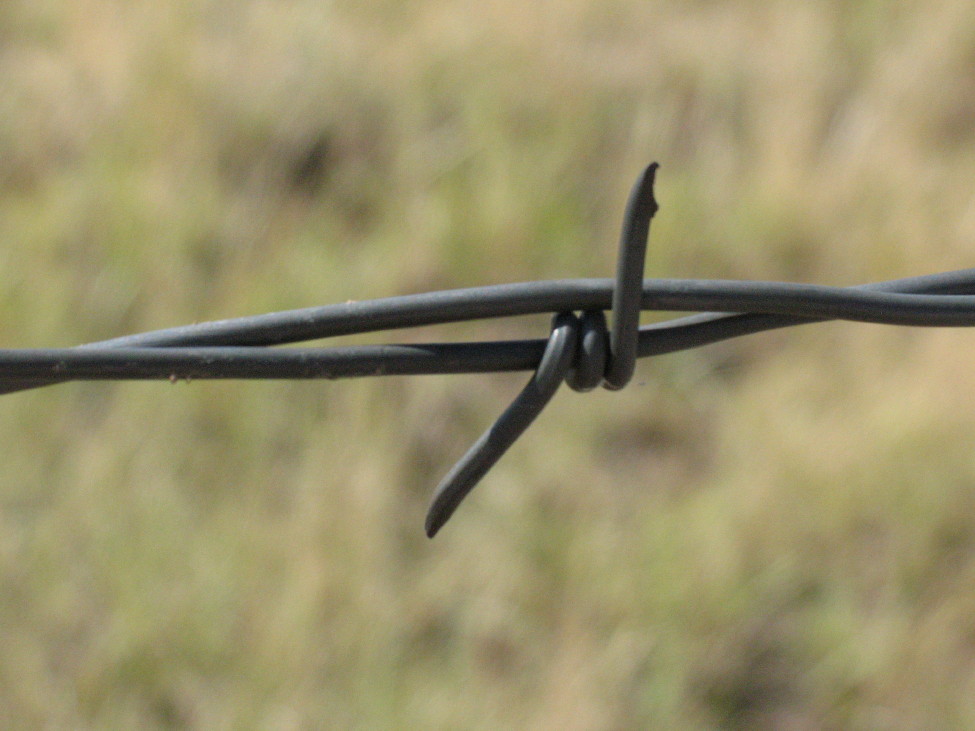 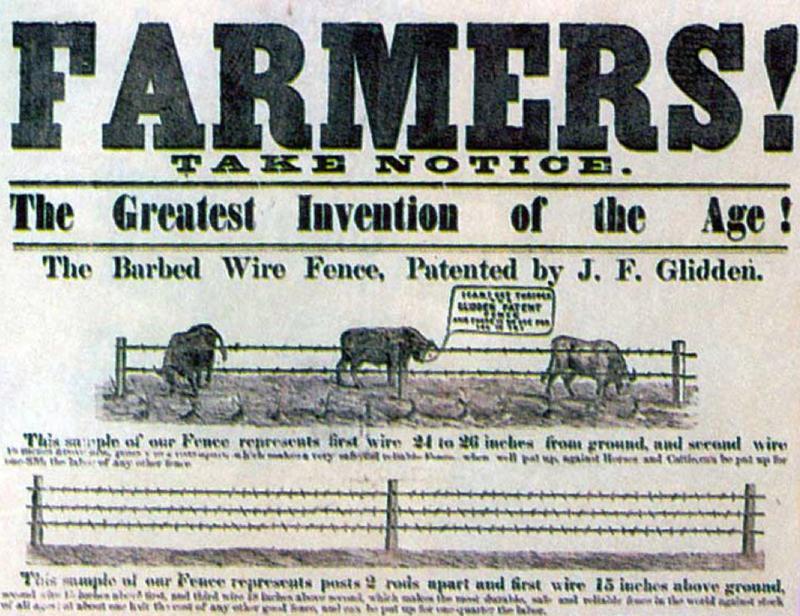 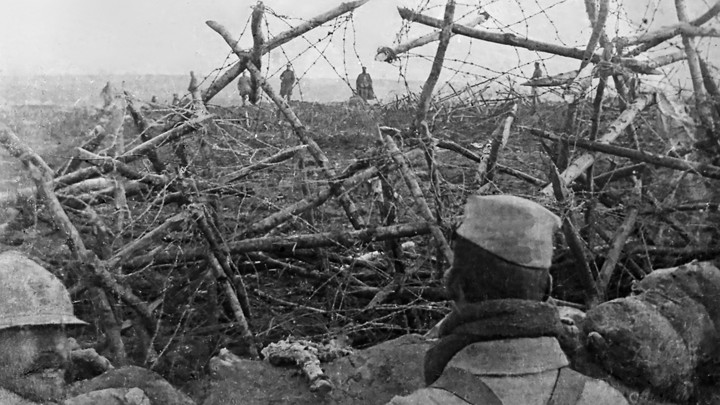 ] .right-column[ > ...was born in France, independently conceived in the eastern states of America (New Jersey, Ohio and New York) and grew up on the prairies and Plains where, for different reasons, farmers (homesteaders) especially, and later ranchers, turned increasingly to fencing. Farmers were faced with the problem of roaming cattle, while ranchers, accustomed to the open-range system of cattle-rearing and therefore at times hostile to fencing, came to recognize that they had to keep strays out if they were to improve the quality of their stock. Alan Krell, _The Devil's Rope_ ] ??? quote from p.21 --- # From the American West to the World .pull-left[ .medium[ > Now that sheep could be perfectly controlled without an investment in the unreliable labor of shepherds, their numbers skyrocketed. From 6 million sheep in 1861, New South Wales had 57 million by 1894, now clearly the dominant animal on the land, with wire fencing the dominant land feature. Reviel Netz, _Barbed Wire_ ] ] .pull-right[ 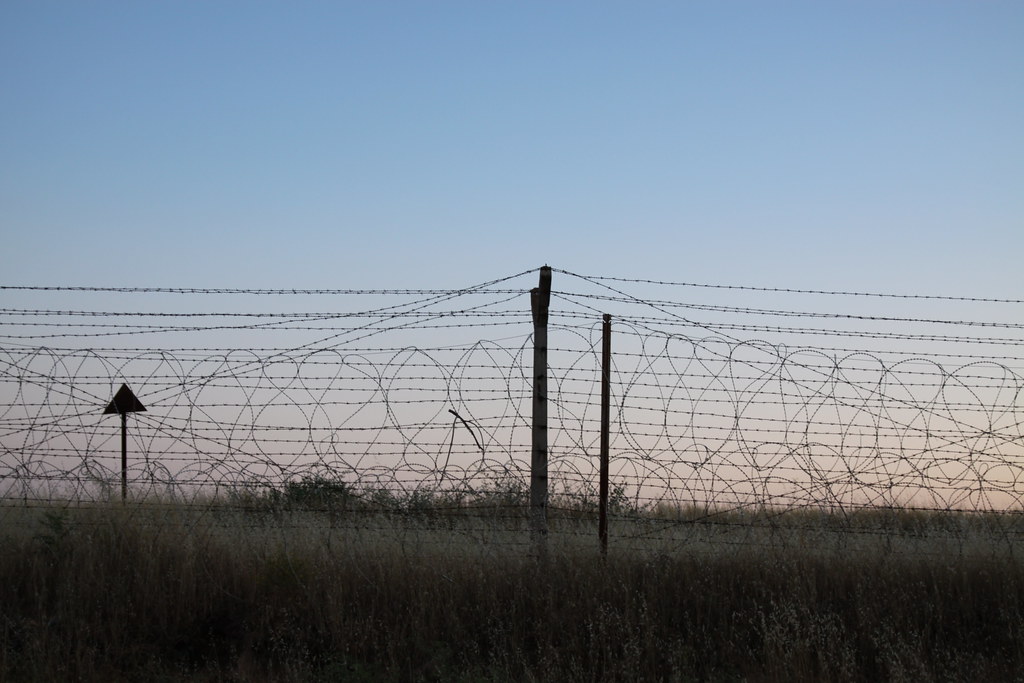 ] ??? Quote from p.42 --- # Why Is That? .pull-left[ 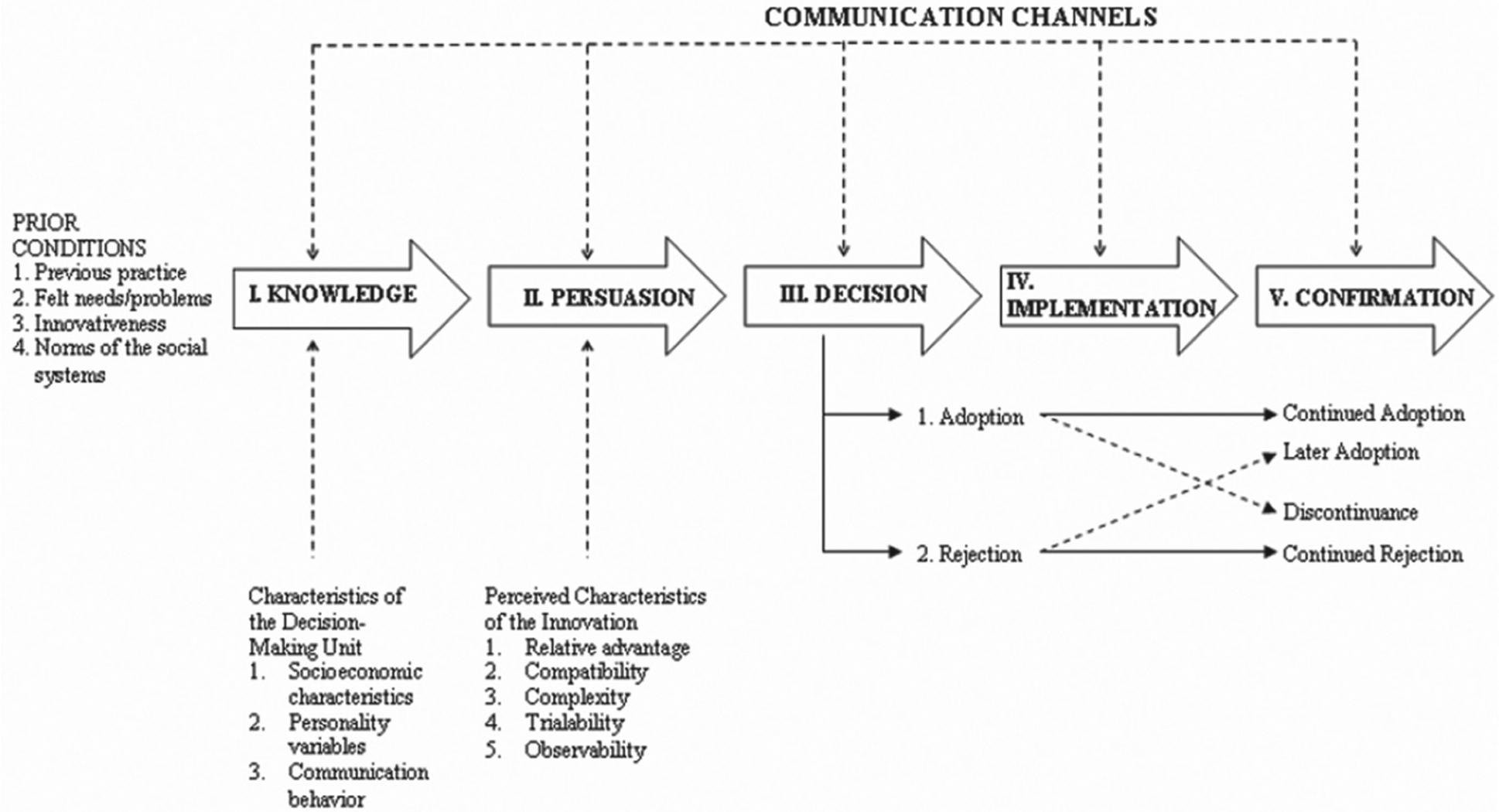 - Cheap - Effective - Visible - But challenged and changed social norms ] .pull-right[ 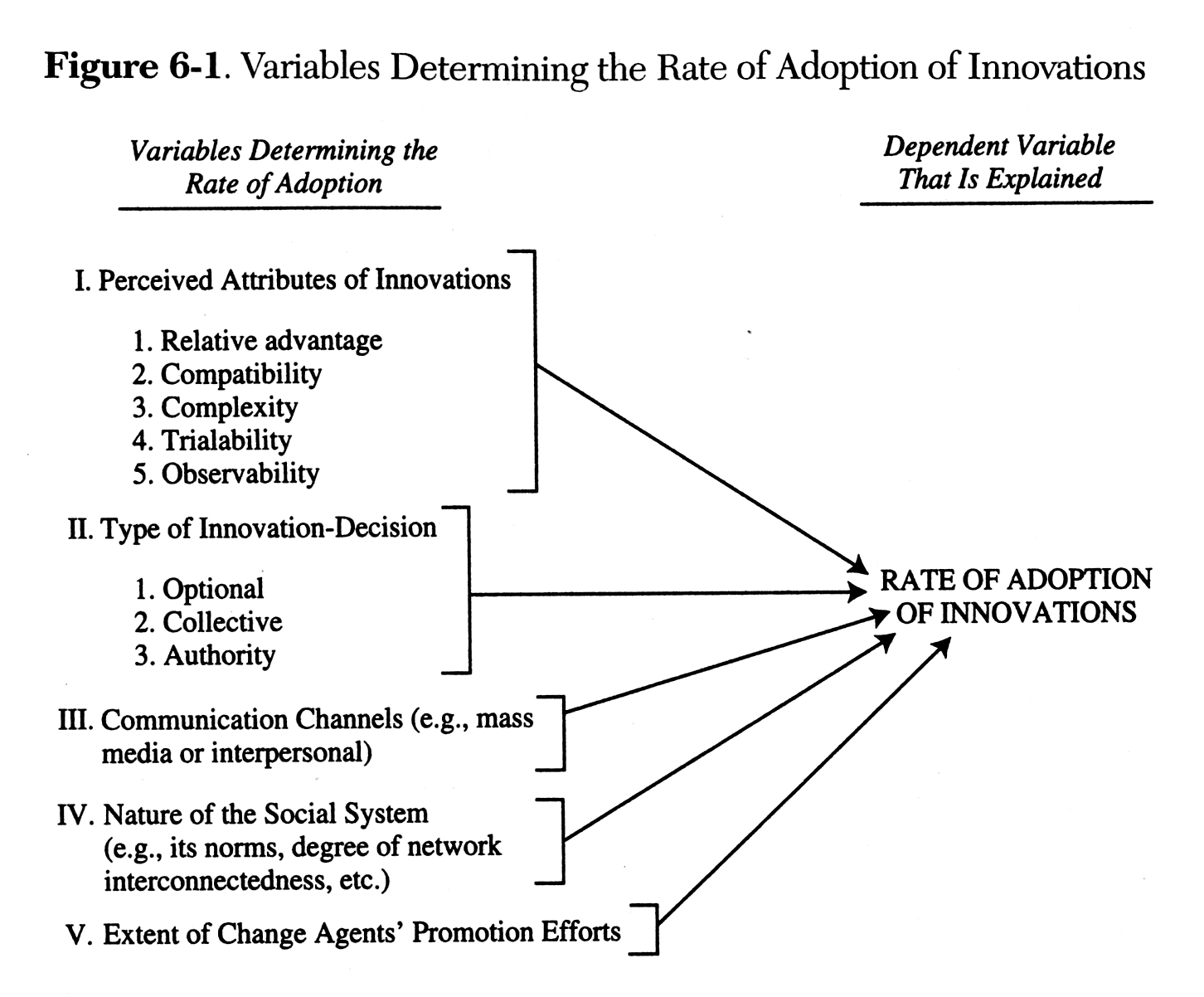 ] ??? --- # SCOT: Patents & Patent Law .left-column[ 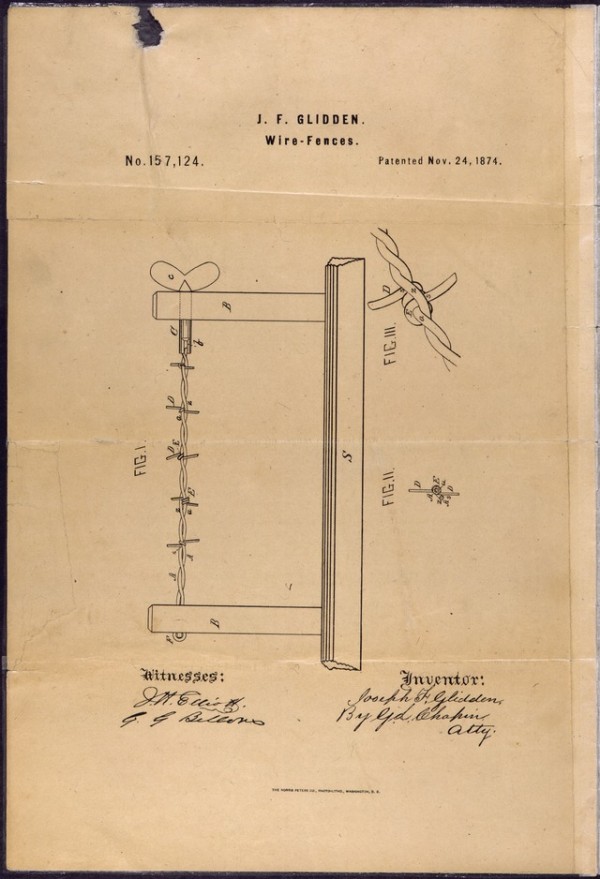 .medium[ Joseph F. Glidden's patent for improved barbed wire ] ] -- .right-column[ .small[ > A close analysis of the language of early patents discloses that control and learned avoidance were the primary objectives, or to put it more simply, the barbs added to smooth-wire fences would keep animals from pushing against and tearing down the fence. > By the late 1870s a second set of patents appeared in which language that included even mild references to control of animals via pricking disappeared... > Even as the patent language shifted its focus from the ability to repel animals (and humans) to the integrity and quality of the new fence, a third innovation appeared in patents: the warning device. > As barbed wire manufacturers continued their campaign against detractors... inventors took a new tack. Highlighting the harmful nature of previous barbed fencing, they claimed that their new and improved barbed wires were designed to protect animals from physical injury. Lyn Ellen Bennett and Scott Abbott, _The Perfect Fence_ ] ] ??? /// --- # Of Cows and Empire .left-column[ 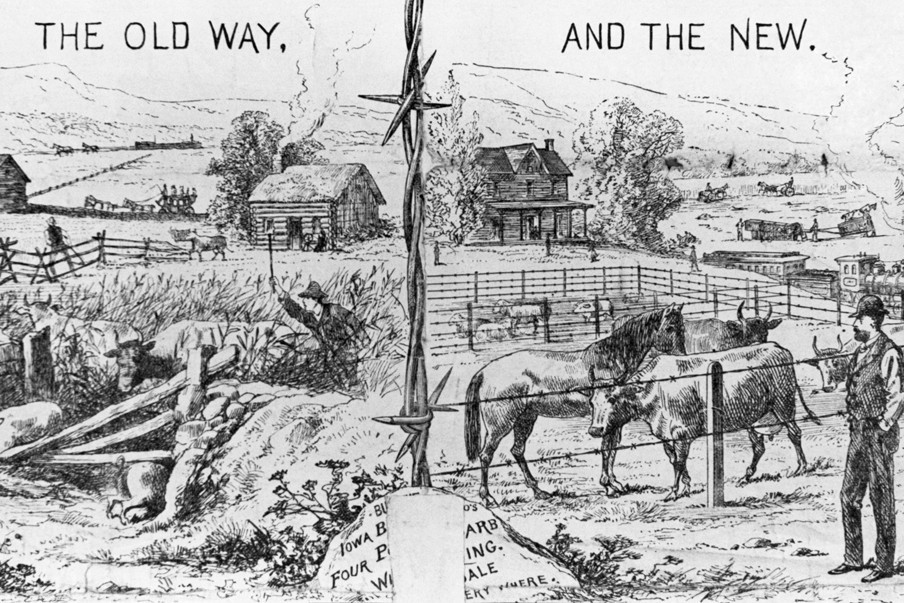 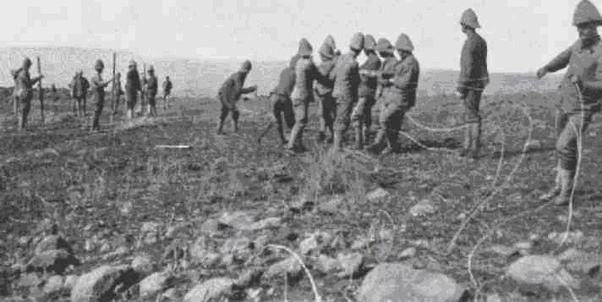 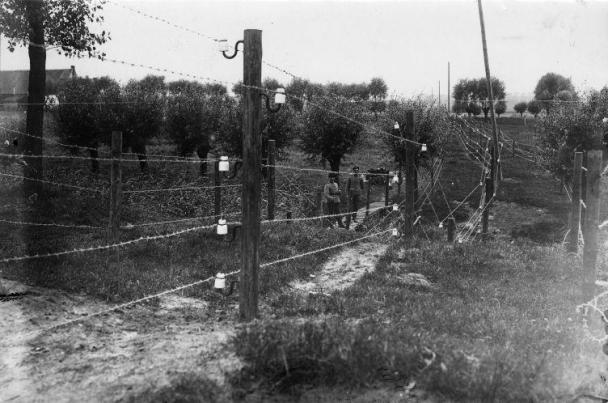 ] .right-column[ > Soon an animal apartheid took shape: on the one side Boer and British cows, fenced in, on the other side wild animals as well as cows belonging to blacks, fenced out of the best lands. Barbed wire was a tool in the white landgrab, with the blacks removed to marginal, unfenced land... A new way of controlling the land, designed to make more efficient use of it, transformed the relations not only between humans and animals but also between different human groups — distinguished by their different access to the new technologies of control over space. Reviel Netz, _Barbed Wire_ ] ??? Full quote: p.43 > Soon an animal apartheid took shape: on the one side Boer and British cows, fenced in, on the other side wild animals as well as cows belonging to blacks, fenced out of the best lands. Barbed wire was a tool in the white landgrab, with the blacks removed to marginal, unfenced land. This could still feed all animals in good years, but when the rains failed, disaster would strike. No one can tell the exact impact on wild animals, but the impact on the black economy was obvious. By the century’s end, more and more blacks were forced to become farmhands on white farms, a major step toward white ascendance. A new way of controlling the land, designed to make more efficient use of it, transformed the relations not only between humans and animals but also between different human groups—distinguished by their different access to the new technologies of control over space. asd --- class: inverse # Small Group Discussion .pull-left[ So far this term during lectures we've looked at: - Agriculture - Marine Chronometers - The Cotton Gin - The Electrical Telegraph - Nitroglycerin ] .pull-right[ _If_ power relationships are integral to a technology: .large[ Which of these technologies has the most obvious relationship between power and technology? Why? ] ] ??? --- class: inverse # Part 2: Power and Technology -- > The instruments which serve authority best are those which expend the smallest amount of energy possible to produce the effects of control or domination. Olivier Razac, _Barbed Wire: A Political History_ ??? Quote from p.x --- # Barbed Wire: The Camp .left-column[ 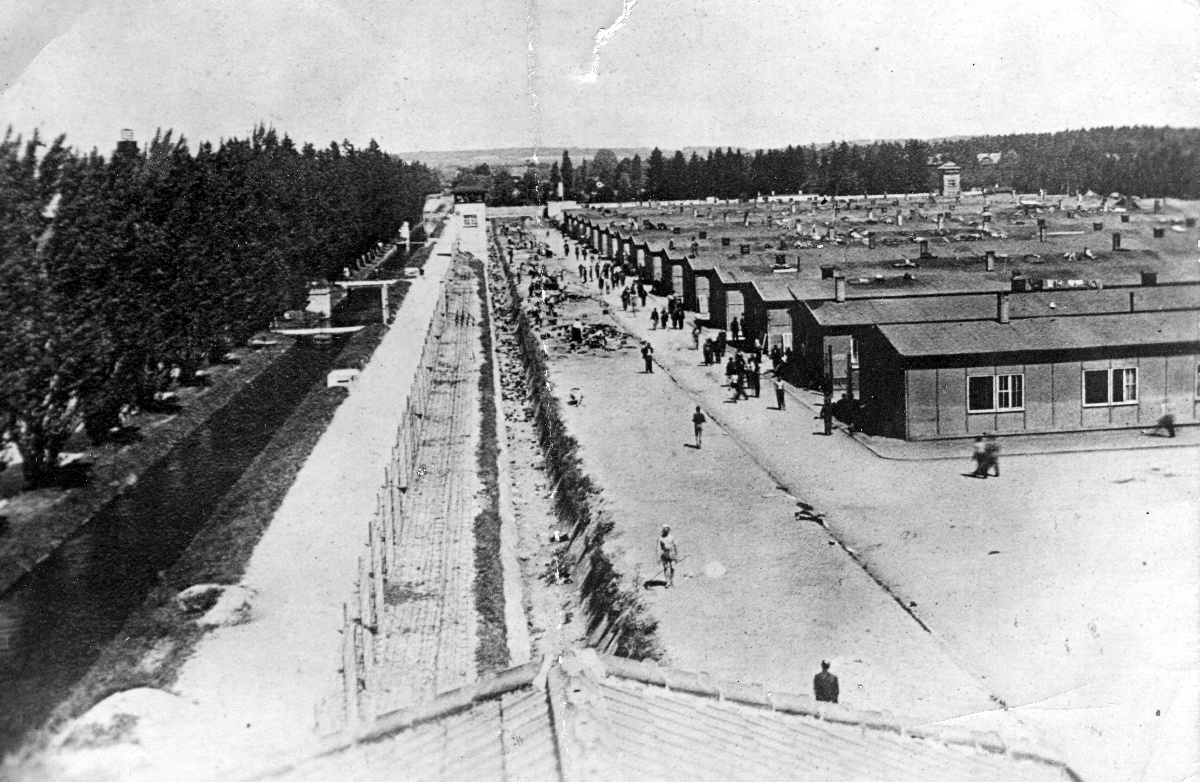 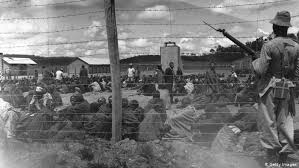 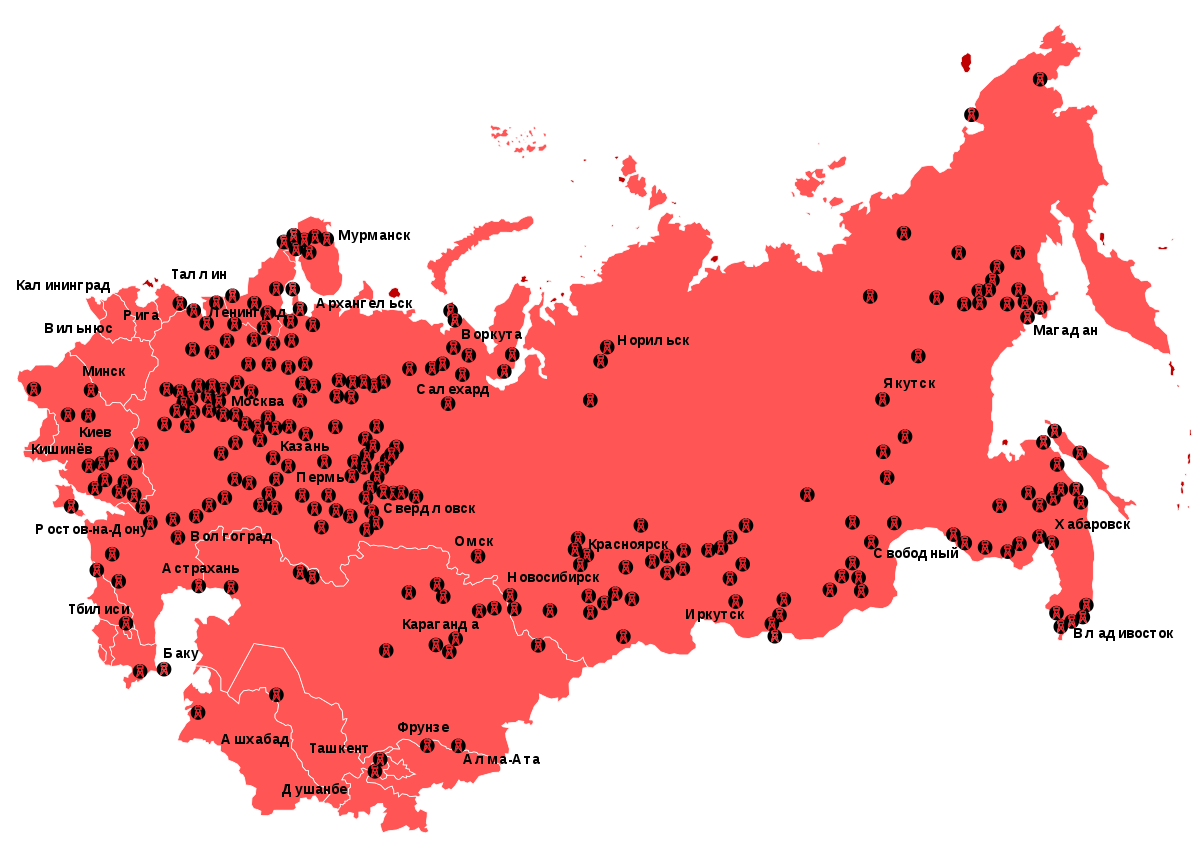 ] .right-column[ > We are slaves, deprived of every right, exposed to every insult, condemned to certain death, but we still possess one power, and we must defend it with all our strength for it is the last - the power to refuse our consent. Primo Levi, _If This Is a Man_ > Unlimited power in the hands of limited people always leads to cruelty. Aleksandr Solzhenitsyn, _The Gulag Archipelago_ ] ??? --- # Power in Politics and Sociology > conceptions of power in the social sciences tend faithfully to reflect the dualism of subject and object... Thus 'power' is very often defined in terms of intent or the will, as the capacity to achieve desired and intended outcomes. Other writers by contrast, including both Parsons and Foucault, see power as above all a property of society or the social community. Anthony Giddens, _The Constitution of Society_ -- > For Foucault... the human body is the ultimate material that is seized and shaped by all political, economic, and penal institutions. Systems of production, of domination, and of socialization fundamentally depend on the successful subjugation of bodies. David Garland, _Foucault's "Discipline and Punish"--An Exposition and Critique_ ??? Quote from p. 852 https://www.jstor.org/stable/828299?seq=1#metadata_info_tab_contents --- # Do Artifacts Have Politics? .medium[ > In the first instance we noticed ways in which specific features in the design or arrangement of a device or system could provide a convenient means of establishing patterns of power and authority in a given setting. Technologies of this kind have a range of flexibility in the dimensions of their material form. It is precisely because they are flexible that their consequences for society must be understood with reference to the social actors able to influence which designs and arrangements are chosen. ] -- .medium[ > In the second instance we examined ways in which the intractable properties of certain kinds of technology are strongly, perhaps unavoidably, linked to particular institutionalized patterns of power and authority. Here, the initial choice about whether or not to adopt something is decisive in regard to its consequences. ] -- .medium[ > To know which variety of interpretation is applicable in a given case is often what is at stake in disputes, some of them passionate ones, about the meaning of technology for how we live. Langdon Winner, _Do Artifacts Have Politics?_] ??? /// --- # Power and Control .pull-left[ 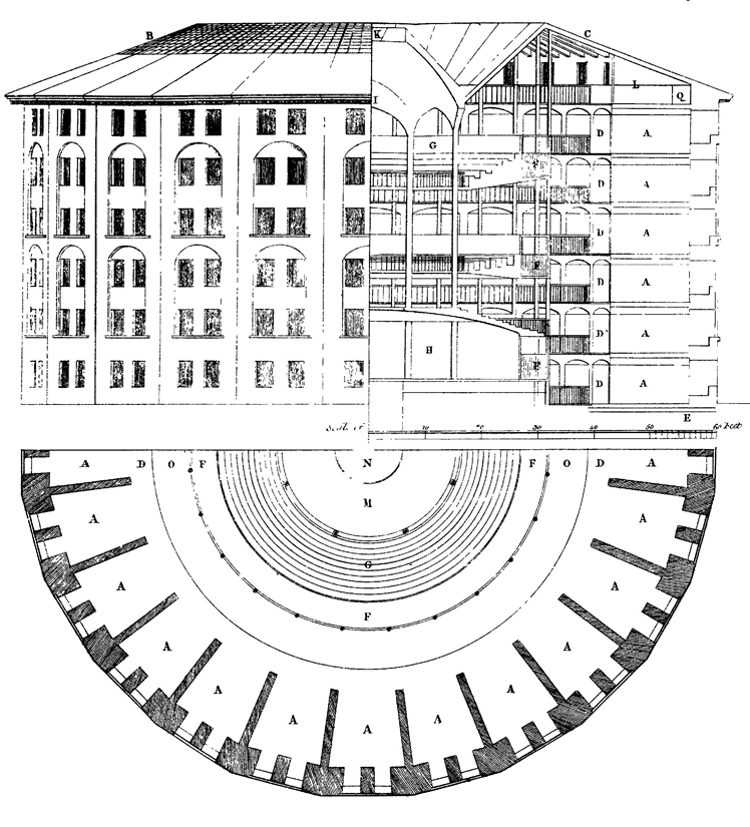 ] .pull-right[ .medium[ > Bentham laid down the principle that power should be visible and unverifiable. Visible: the inmate will constantly have before his eyes the tall outline of the central tower from which he is spied upon. Unverifiable: the inmate must never know whether he is being looked at at any one moment; but he must be sure that he may always be so. Michel Foucault, _Discipline & Punish_ ] ] ??? /// --- # Technologies of Repression .left-column[  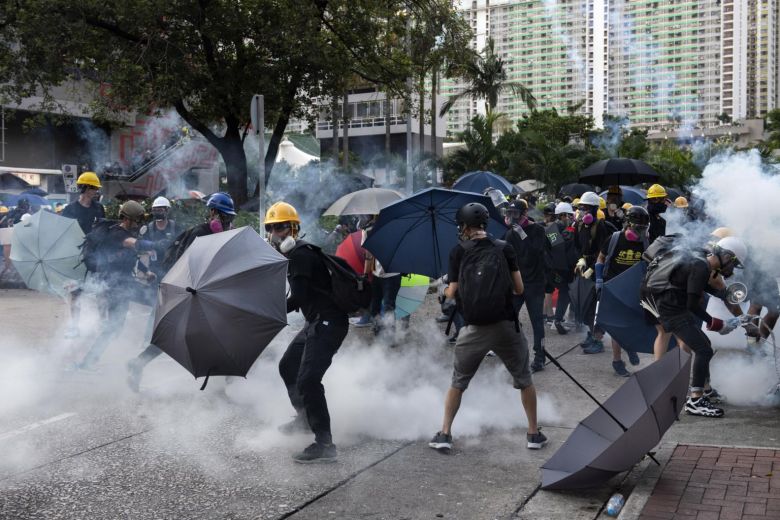 ] .right-column[ > In China, Germany, France, Russia, Singapore, Italy and the United States, you are trying to ward off the virus of liberty by erecting guard posts at the frontiers of Cyberspace. These may keep out the contagion for a small time, but they will not work in a world that will soon be blanketed in bit-bearing media. John Perry Barlow, _A Declaration of the Independence of Cyberspace_ ] ??? Barlow speech here https://www.eff.org/cyberspace-independence (1996) --- class: inverse # Small Group Discussion .pull-left[ We can consider barbed wire to be a member of a class or set of technologies defined by a wider concept: - Barrier technologies (fences) - Communications technologies (Rural telephone systems) - Agricultural technology (livestock management) ] .pull-right[ .large[ What classes of military technology could include barbed wire? ] ] ??? /// --- class: inverse # Part 3: Technology, War, and Repression ??? /// --- # Barbed Wire: Defence and Adaptation .pull-left[  ] .pull-right[  Environment + defensive technologies create tactical problems that cannot be ignored 1942 Dieppe Raid demonstrates need to create range of technological solutions to land mechanised forces on defended beaches ] ??? /// --- # Prisoners of War .pull-left[ 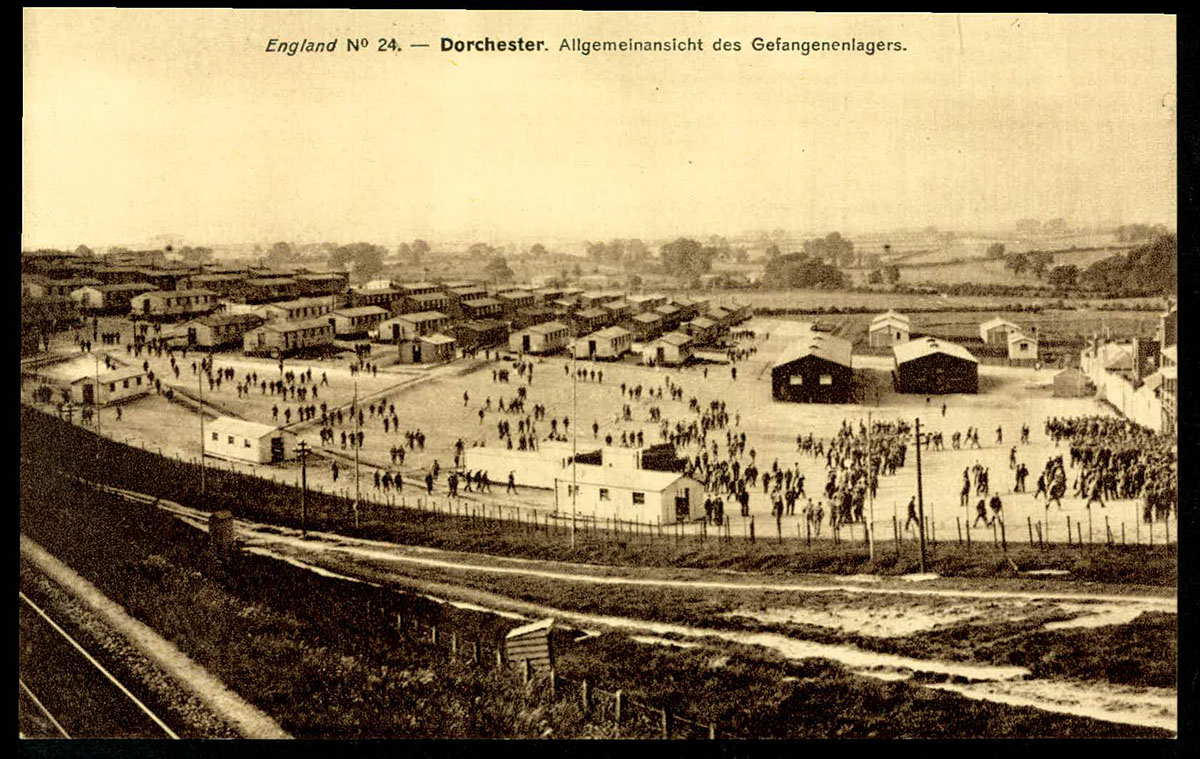 ] .pull-right[ 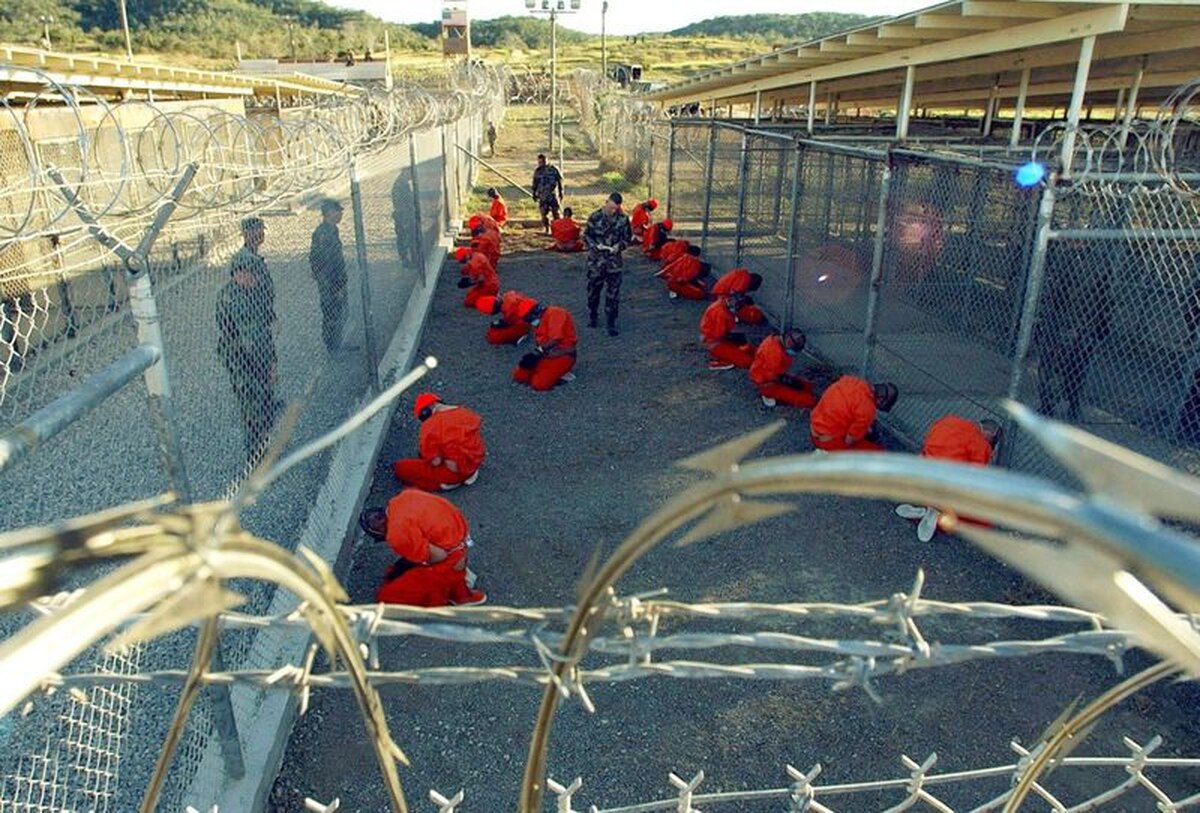 ] ??? /// --- # Population Control .pull-left[ 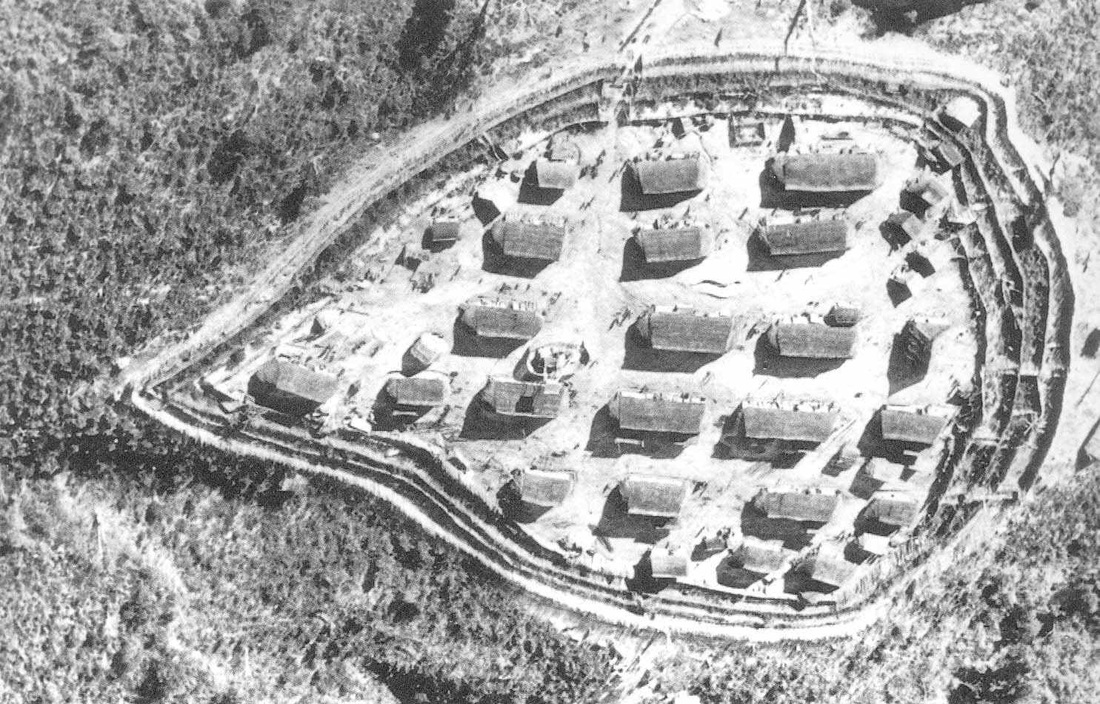 ] .pull-right[ In theory, there are two "schools" of COIN: Enemy-centric and "hearts and minds" In history, coercion and persuasion went hand-in-hand Control of populations was key to victory on both sides in each case ] ??? /// --- # Surveillance, Control, and War .pull-left[ > The human senses, which originally inspired the search for their artificial replication, are increasingly demoted or even altogether displaced by devices to which they are, often unfavourably, compared. Antoine Bousquet, _The Eye of War_ ] .pull-right[ 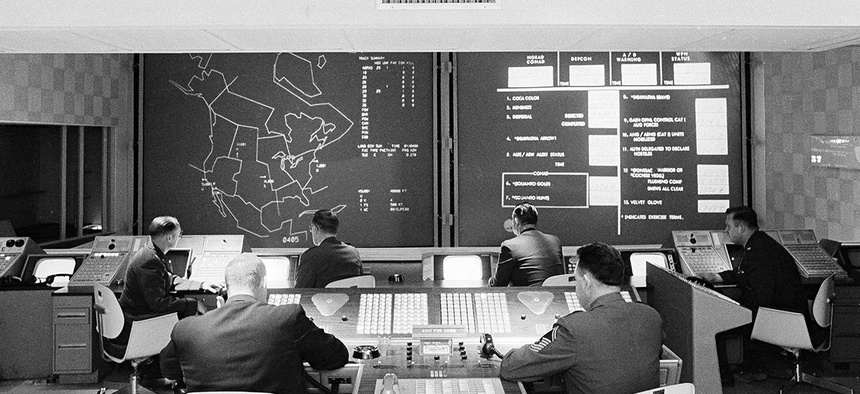 ] ??? Bousquet quote p.11 --- # Cyber-Security .pull-left[ Computer systems are a class of technology that enable control without human intervention If I want to subvert an organisation, I need to persuade humans to help me, if I want to subvert a computer system, it is (theoretically) possible to do so without persuading humans ] .pull-right[ 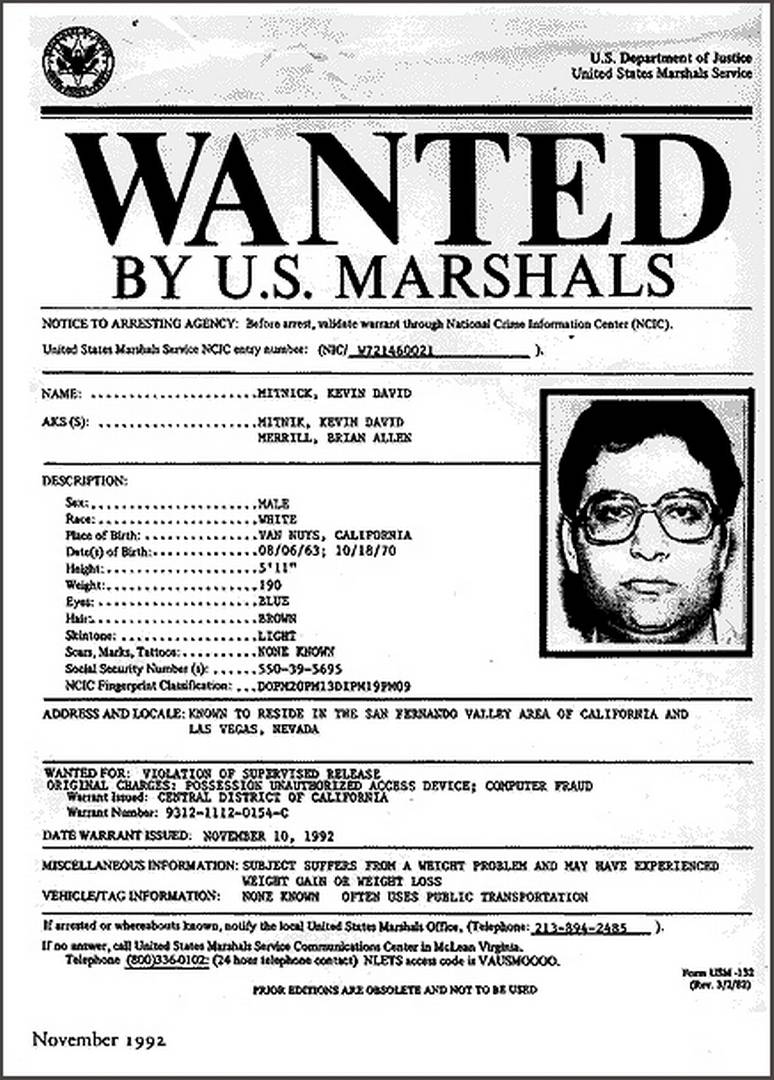 ] ??? ///